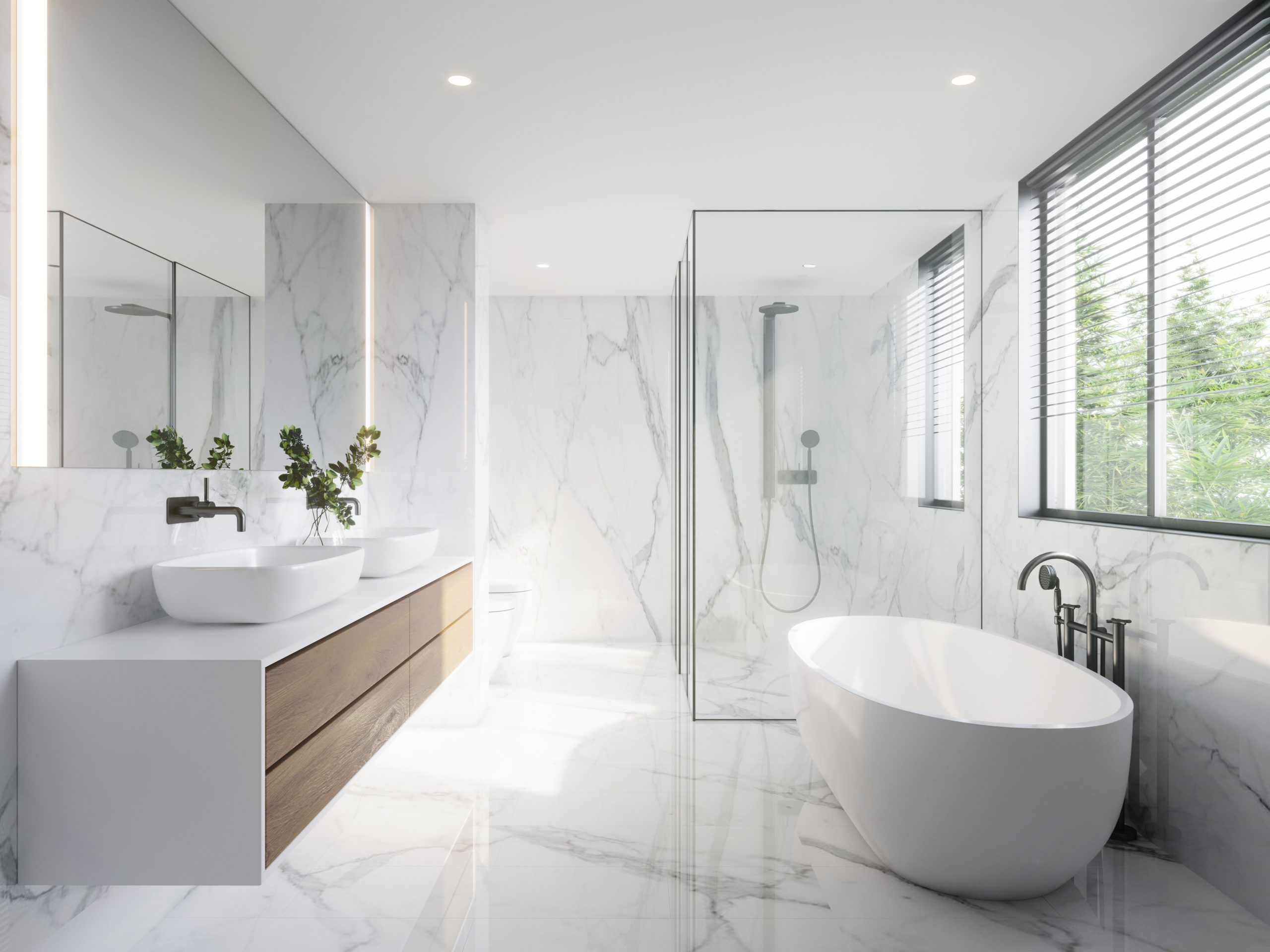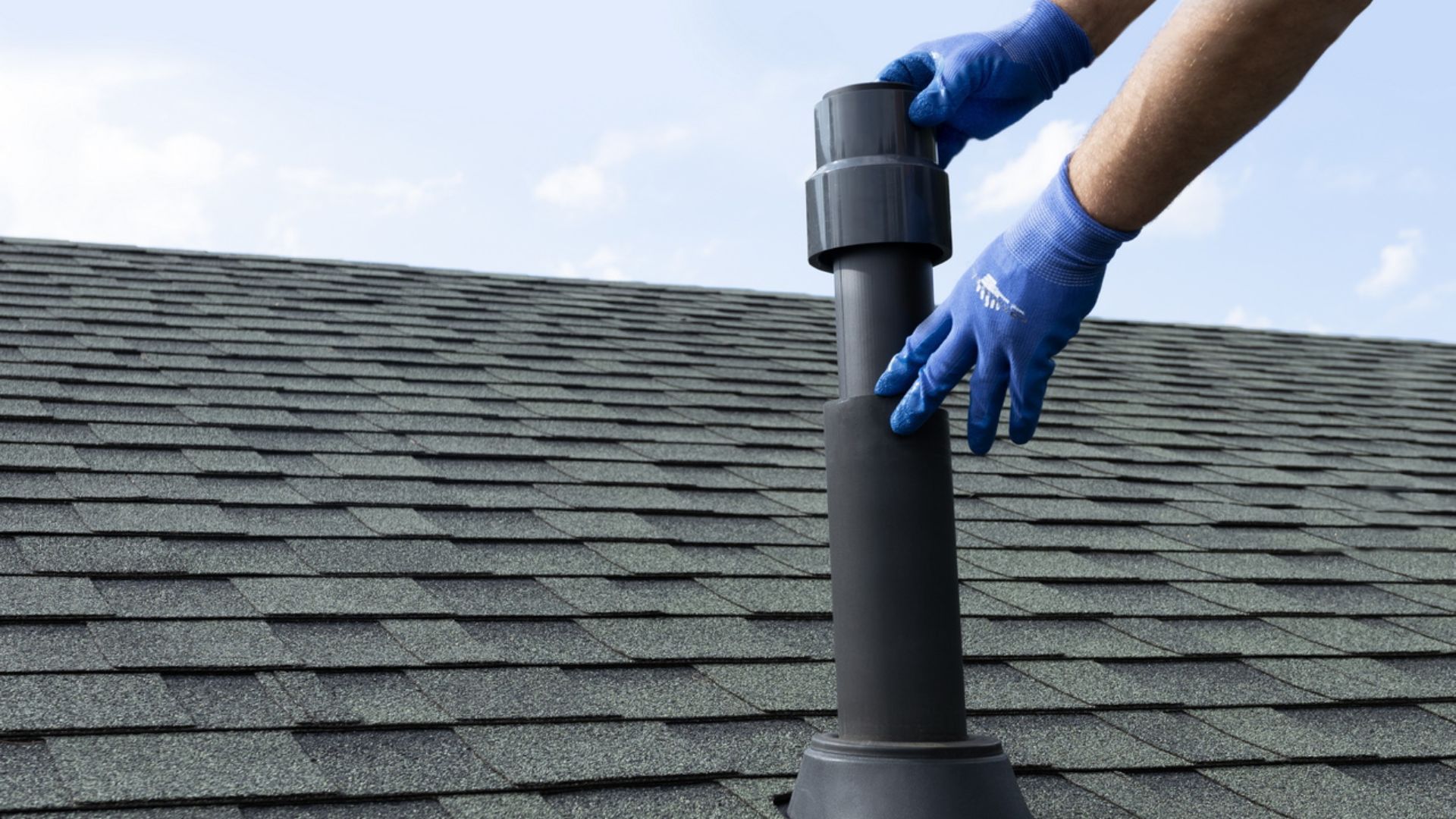The Function of Adequate Ventilation in Maintaining Plumbing Systems
The Function of Adequate Ventilation in Maintaining Plumbing Systems
Blog Article
Just how do you really feel when it comes to What Is a Plumbing Vent and Why Is It Important?

Correct ventilation in pipes systems is usually neglected, yet it is crucial for maintaining the capability and safety and security of your home's plumbing. Air flow aids control air pressure, avoid the buildup of dangerous gases, and ensure the effective elimination of waste. In this overview, we will explore the value of proper plumbing air flow, just how it functions, and the benefits it offers your pipes system.
Comprehending Ventilation in Pipes
Ventilation in plumbing refers to the network of pipes that enable air to move with the drain system. These vents serve several functions, consisting of managing atmospheric pressure within the pipelines, stopping sewer gases from getting in the home, and aiding in the smooth circulation of wastewater.
Exactly How Ventilation Functions in Pipes Solutions
Air Pressure Regulation
Correct ventilation maintains well balanced atmospheric pressure within the plumbing system. When water moves with pipes, it displaces air. Without adequate ventilation, this variation can create unfavorable pressure, bring about reduce drains or siphoning of water from catches, which can create undesirable smells to seep into the home.
Stopping Sewer Gas Build-up
Among the most essential functions of pipes vents is to prevent sewage system gases, such as methane and hydrogen sulfide, from building up within the home. These gases can posture serious wellness risks and are highly combustible. Vent pipes enable these gases to escape securely outdoors.
Aiding in Waste Elimination
Air flow helps in the efficient elimination of wastewater by protecting against airlocks in the drainage system. When air can move freely with the vents, it allows water and waste to move efficiently through the pipelines, minimizing the risk of clogs and back-ups.
Types of Pipes Vents
Key Heap Vent
The major pile air vent, also known as the vent stack, is the main air vent in a pipes system. It prolongs from the primary drain align via the roof, enabling gases to escape and fresh air to enter the system.
Branch Vent
Branch vents attach to the main stack air vent and serve individual fixtures, such as sinks, commodes, and showers. These vents make sure that each fixture has appropriate air flow to operate properly.
Air Admittance Shutoff (AAV).
An Air Admission Valve (AAV) is a one-way valve that permits air to enter the plumbing system without the need for a traditional vent pipe prolonging with the roof covering. AAVs are frequently made use of in remodellings or locations where mounting a conventional air vent is unwise.
Signs of Poor Ventilation in Pipes.
Slow Draining Fixtures.
If your sinks, tubs, or commodes are draining pipes slowly, maybe a sign of inadequate air flow. Inadequate air flow can develop a vacuum effect, making it challenging for water to drain pipes appropriately.
Gurgling Seems.
Gurgling audios coming from drains are frequently a result of air being sucked with water traps because of negative stress in the pipes. This is a clear indication of not enough air flow.
Unpleasant Smells.
Sewage system smells inside your home are a warning that your pipes system is not properly aerated. This can suggest that sewer gases are not being appropriately aired vent outside, bring about possibly dangerous conditions.
Typical Air Flow Blunders.
Poor Vent Sizing.
Utilizing undersized air vent pipelines can cause inadequate air flow and pressure discrepancies in the system. It's important to use vents that meet the particular requirements of your pipes system.
Improper Vent Positioning.
Putting vents too much from the fixtures they offer can reduce their effectiveness. Correct placement ensures that air can flow easily and successfully via the system.
Disregarding Code Demands.
Building codes supply particular guidelines for plumbing ventilation. Neglecting these codes can cause a system that fails to work appropriately and might cause costly repair work or health hazards.
Advantages of Proper Ventilation.
Enhanced System Effectiveness.
Correctly ventilated pipes systems run more effectively, with fewer obstructions, faster draining, and much less stress on the pipes. This effectiveness prolongs the life expectancy of the plumbing system.
Improved Air Quality.
By preventing drain gases from entering your home, appropriate ventilation adds to better interior air quality, making your living setting healthier and more comfy.
Stopping Water Damages.
Adequate air flow aids avoid water from being siphoned out of catches, which can lead to sewer gases entering the home and creating water damage gradually.
Steps to Guarantee Appropriate Ventilation.
Consulting Pipes Codes.
Constantly get in touch with neighborhood plumbing codes when making or changing your pipes system. These codes give the necessary guidelines for proper venting and ensure your system satisfies safety and security criteria.
Regular Assessment and Maintenance.
Routine evaluations can assist determine potential air flow issues before they become significant issues. Upkeep tasks, such as cleansing air vent pipes and looking for blockages, are important for keeping the system in good working order.
Expert Installment.
For brand-new setups or major alterations, it's smart to hire a specialist plumbing technician. They have the competence to guarantee the air flow system is correctly designed and installed according to code.
Verdict.
Appropriate air flow is a crucial part of any type of pipes system, guaranteeing that it functions effectively and securely. By comprehending the value of ventilation, recognizing the signs of poor ventilation, and taking steps to maintain your system, you can protect against expensive issues and secure your home's air quality.
4 Things You Should Know About Your Plumbing Vents
What Plumbing Vents Are
Also called a vent stack, a plumbing vent is a vertical pipe attached to your drain line that runs through your roof. The plumbing vent pipe, or plumbing air vent, removes gas and odors from your plumbing system and allows fresh air to enter the pipes, helping the water to flow out of the drain pipes.
What Plumbing Vents Do
Plumbing vents have two basic functions. One of which is to allow unpleasant smelling wastewater and sewer gasses to escape your plumbing system instead of entering your home. Plumbing vent pipes are typically located on roofs, away from windows, to ensure the fumes exit the home completely.
The other function of the plumbing vent is to move fresh air into your plumbing system. This helps move water through every plumbing fixture in your house, like toilets and sink drains. Think of the way in which you need to let a little air into the bottle as you pour soda in order to make the drink flow smoothly.
Different Types of Plumbing Vents
True vent: This is the most common vent option. In simplest terms, a true vent is a vertical pipe attached to your drain line that exits through the roof. They often function as the main vent that other fixtures can connect to. Re-vent pipe or auxiliary vent: Attached to the drain line near specific plumbing fixtures, re-vent pipes run up and over to connect to the main vent. Common vent: Two plumbing fixtures installed on opposite sides of a wall are typically tied into the vent stack using something known as a sanitary cross. Wet vent: This venting option operates as a drain pipe and a vent at the same time. Wet vent drainage systems drain water from one fixture while venting the air from another. Although they’ve been used for over 100 years, wet vent systems have only recently been added to the plumbing code in many areas. If you’re planning on installing one in a bathroom remodel, make sure you check your local code prior to construction. Loop vent: For free-standing fixtures like kitchen island sinks, loop vents are ideal. These vent pipes run under the floor, rise from the P-trap, and create a loop inside the cabinet sink. Air admittance valve: An AAV is a one-way mechanical valve typically installed at the site of the plumbing fixture. AAVs allow venting to occur without having to tie into a larger venting system. They’re ideal for venting fixtures where you aren’t able to easily connect to an existing vent system. Common Plumbing Vent Issues
Although vent pipes typically don’t have water flowing through them, they’re still subject to many typical plumbing issues. For example, clogs are one of the most common problems associated with sewer vent pipes. If your vent pipe gets clogged, all of your plumbing fixtures tied into the vent stack will be affected.
A sink with a slow drain that bubbles and gurgles or a strong sewage smell around your toilet are both indicators that your toilet vent pipe is clogged. Because most vent pipes exit through the roof, old leaves, twigs or even a bird’s nest could be clogging the pipe.
Clogs in your vent pipe system cause a buildup of negative pressure, meaning that water won’t be able to flow out of your home very well. It’s similar to putting your finger over the opening of a straw to trap water inside. When you remove your finger, the water is able to flow out of the straw.
If you suspect you have any blockage in your vent, make sure you have a professional come examine the situation. Left unchecked, a blocked air vent can lead to other costly repairs, like leaks and sediment buildup.
Under Pressure
Pipe vents are essential aspects of a home’s plumbing system. Owning a home means learning about all sorts of things you never put much thought into before. But by understanding as much as you can about the important systems of your home, you can keep those budgets intact and those anxiety levels low.
https://www.homeserve.com/en-us/blog/home-improvement/plumbing-vents/

We were made aware of that article on Essential Plumbing Vent Pipes: Understanding Their Role through a good friend on another blog. Sharing is nice. Helping others is fun. Thanks for going through it.
Schedule Service Pickup Report this page